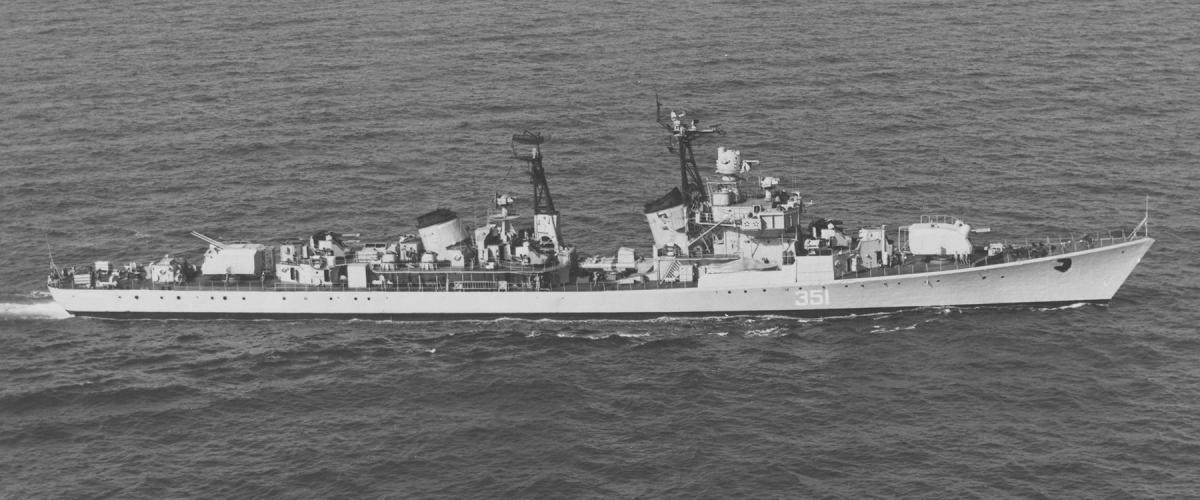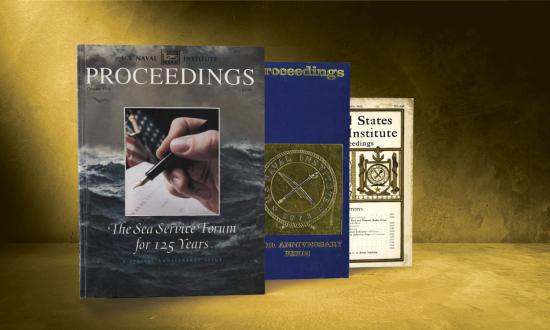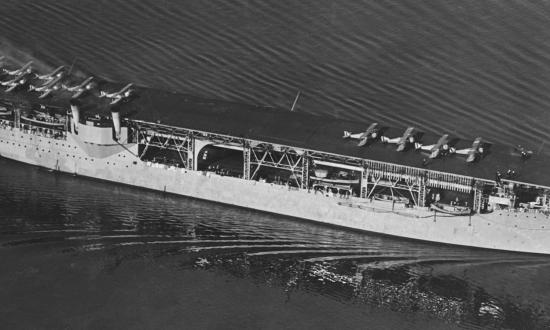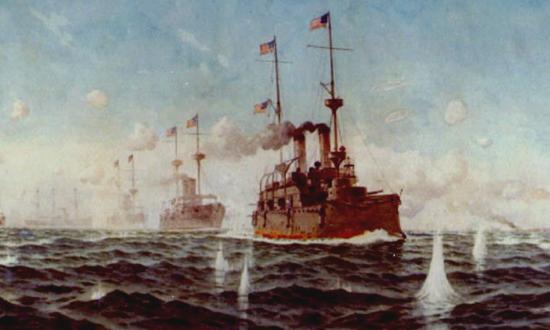November 1923 Proceedings—In the Professional Notes section, under United States: “Sale of Battleships and Battle Cruisers—The Navy Department announced today that twenty-one battleships and battle cruisers to be eliminated from the United States Navy, in accordance with the terms of the Treaty for the Limitation of Armament, will be sold for salvage under sealed proposals, each ship to be sold as a whole and to be scrapped by the purchaser within eighteen months from the date of ratification of the treaty, which became effective August 17, 1923.”
November 1973 Proceedings—“Destroyer Seakeeping: Ours and Theirs,” by Captain J. W. Kehoe Jr., U. S. Navy, opened, “In 1967, while steaming in heavy weather into head seas, the commander of a U.S. Navy destroyer squadron in the Mediterranean noted his DD-445, DD-692, and DD-710 class destroyers taking solid green water over the bow and very heavy spray on the bridge. The Soviet Kotlin-class destroyer operating in close proximity to the carrier task group appeared to be taking no water over the bow and only occasionally raised spray above the fo’c’s’le deck edge. U.S. sailors wore foul weather gear and stayed off the fo’c’s’le. Soviet sailors paraded on the fo’c’s’le in their shirtsleeves.”
November 1998 Proceedings—In “What We Need to Win the Drug War,” Commander Matt Blizard and Lieutenant Joe DiRenzo III, U.S. Coast Guard, wrote, “The success of . . . Operation Frontier Shield—during which cocaine seizures rose 174%—highlights what is possible when agencies put aside self-serving interests and work together, even against an enemy with seemingly limitless resources and product. Such a strategy to defeat drug traffickers will require the full integration of assets from the U.S. Department of Defense, Customs, Border Patrol, Drug Enforcement Agency, and Federal Bureau of Investigation, and all of the countries up and down the Antilles chain in nine key areas.”
A. Denis Clift
Golden Life Member






